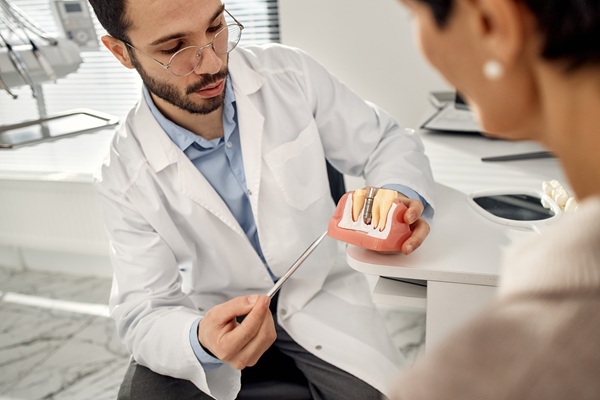What patients should know about dental bonding
When a cosmetic dentist performs dental bonding, the dentist applies a tooth-colored resin to the teeth and then hardens the material by using a light made for this purpose. As the material hardens, it becomes bonded to the tooth, which keeps the material in place.
Uses for dental bonding
Dental bonding can be used to correct issues with the teeth or to change the appearance of the teeth to meet the patient's aesthetic goals. Dentists perform tooth bonding procedures for multiple reasons:
- Repair chipped, cracked, or decayed teeth
- Cover stained teeth
- Give teeth a longer appearance
- Cover gaps between teeth
- Alternative to amalgam fillings
- Cover a tooth root exposed by receding gums
How dental bonding is performed
If bonding is being done to fill a cavity or change the shape of a tooth, the tooth may need to be drilled before the bonding procedure. Otherwise, the cosmetic dentist begins the process by selecting a resin color that matches the shade of the natural teeth. The dentist then roughens the tooth surface and applies a conditioning liquid to make it easier for the resin to adhere to the tooth. Next, the dentist applies, molds, and smooths the resin into the chosen shape. A bright light or laser is then used to harden the resin. Finally, the dentist shapes and trims the hardened material to achieve the desired result and match the appearance of the natural teeth. The entire process usually takes between 30-60 minutes but may require more than one visit if multiple teeth are being bonded.
Advantages of dental bonding
Dental bonding is often less expensive than veneers or crowns because the material can be molded and shaped in the office by the dentist, rather than manufactured in a lab. The procedure also requires less removal of tooth enamel. However, dental bonding is not as durable or stain-resistant as veneers, crowns, and fillings. Bonding material typically needs to be replaced or touched up in 3-10 years.
Caring for bonded teeth
The bonding material is not as strong as natural teeth, so patients are advised to avoid activities, such as nail-biting and ice chewing, that could chip the resin. It is also a good idea to limit the consumption of coffee, tea, and wine and avoid smoking because these substances can stain the resin.
Conclusion
The dental bonding procedure involves attaching a tooth-colored resin to the tooth to correct discolored teeth, chips, cracks, or gaps. While the material is not as resilient as some other alternative treatments, the procedure is quick, usually less expensive, and with proper aftercare, can last up to 10 years.
Request an appointment or call Gledhill Dental at 509-800-8410 for an appointment in our Kennewick office.
Related Posts
Many people seek a cosmetic dentist because they feel self-conscious and uncomfortable with their smile if their teeth are not as aesthetically pleasing as they might wish. The teeth frame the entire face, so a pearly white smile can make it seem radiant and full of energy.Cosmetic dentistry offers numerous solutions for patients who want…
Wondering how a cosmetic dentist can help make your smile more attractive? Read on to learn more about this type of dental professional. Cosmetic dentistry is a subset of general dentistry concerned with how one's teeth, gums, and bite appear. The services of a cosmetic dentist may improve your self-esteem.A cosmetic dentist will work with…
Through the work of a cosmetic dentist, individuals have the opportunity to transform a smile, repair broken or cracked teeth, and restore oral health. Whether it is a treatment to whiten the teeth or the attachment of a dental crown, cosmetic dentistry provides long-term solutions for patients who deal with poor function, discomfort, and low…


